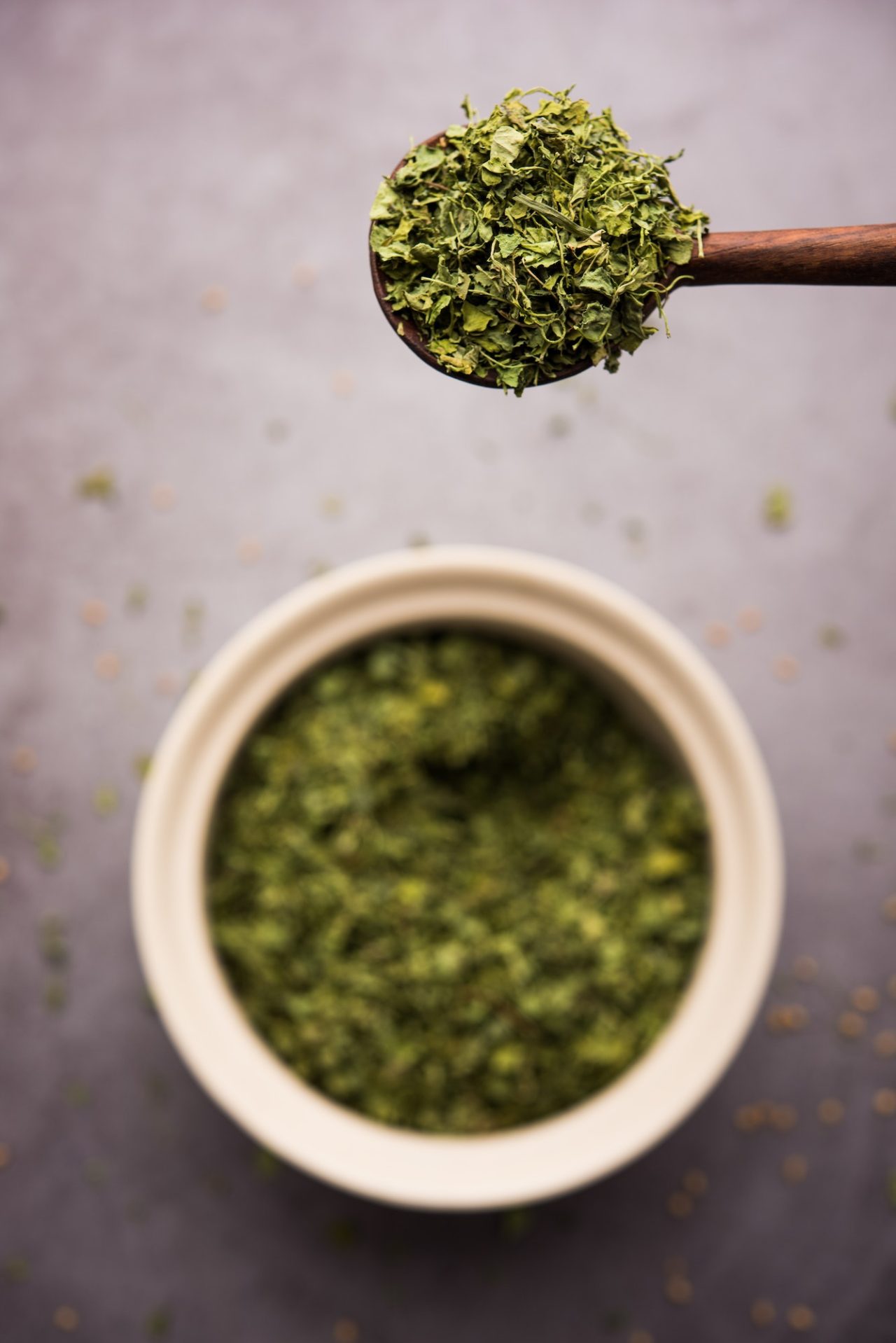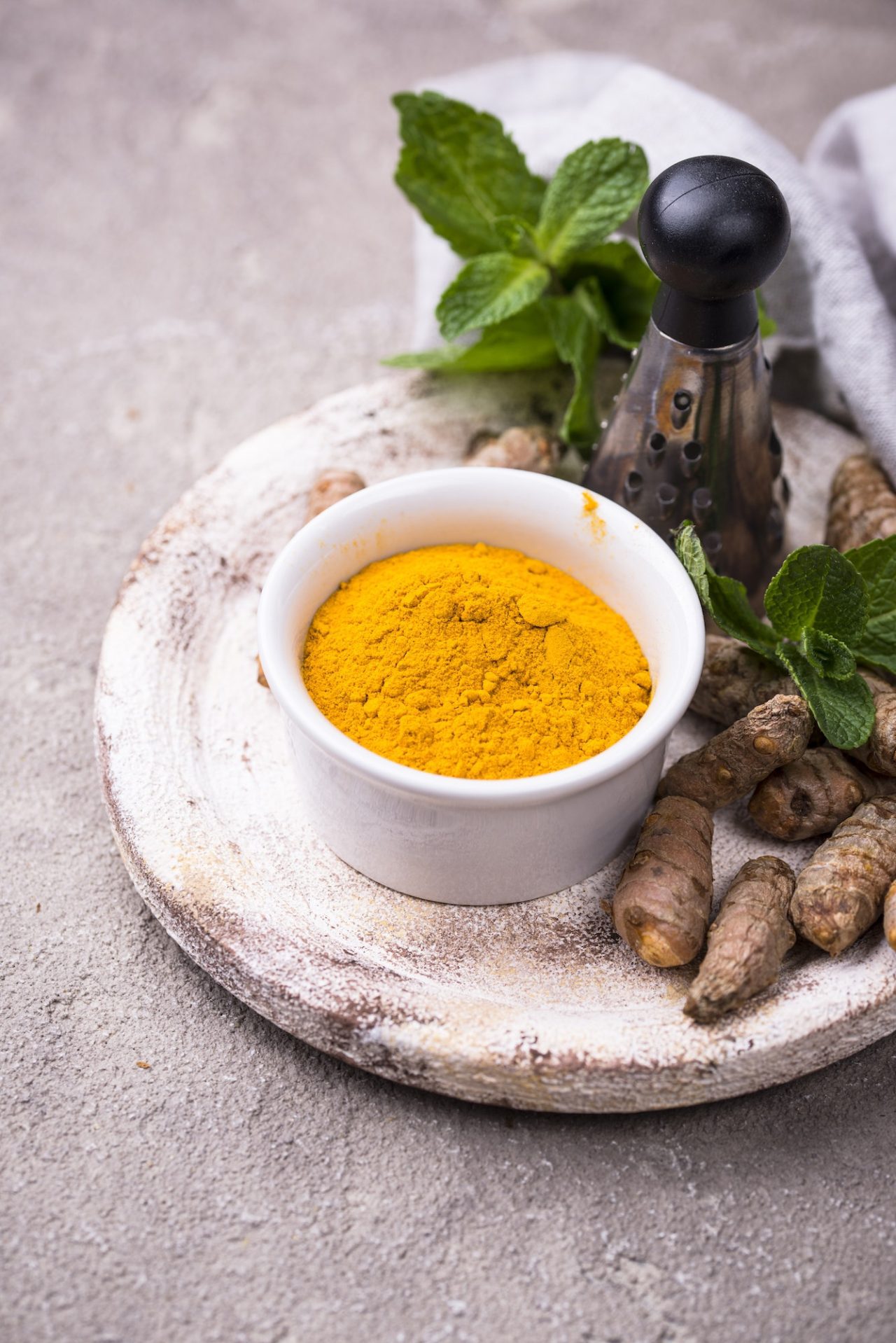Ayurveda Massage (Abhyangam) Course in Rishikesh, India
Panchakarma is a traditional Ayurvedic therapy that involves a series of cleansing and rejuvenating treatments designed to restore the body’s natural balance and promote overall health and well-being.
Introduction to Ayurveda and Abhyangam
Ayurveda, the ancient Indian system of medicine, emphasizes a holistic approach to health and wellness. One of its keny therapies is Abhyangam, a form of Ayurvedic massage that involves the application of warm herbal oils to the body. This practice is designed to promote overall well-being, detoxify the body, and restore balance to the mind and spirit. Ayurveda massage, rooted in the ancient Indian system of medicine known as Ayurveda, is a therapeutic practice that aims to promote holistic health and well-being. This form of massage employs various techniques and herbal oils to balance the body’s energies, improve circulation, remove toxins, and enhance both physical and mental relaxation.
Our Ayurveda Massage Course Objectives
The Abhyangam course aims to:
- Introduce students to the principles of Ayurveda.
- Teach the techniques and benefits of Abhyangam massage.
- Develop practical skills in the application of herbal oils.
- Provide knowledge about the selection and preparation of oils based on individual body types (doshas).
- Enhance understanding of the therapeutic effects of Abhyangam on various health conditions.
Ayurveda Massage Course Curriculum
- Introduction to Ayurveda
- History and Philosophy
- Basic Principles: Doshas (Vata, Pitta, Kapha), Dhatus (tissues), and Malas (waste products)
- Concept of Prakriti (body constitution) and Vikriti (imbalances)
2.Fundamentals of Abhyangam
- Definition and History
- Indications and Contraindications
- Benefits: Physical, Mental, and Emotional
3. Techniques and Procedures
- Preparation for Massage: Setting up the environment, preparing the client
- Massage Strokes: Effleurage, Petrissage, Tapotement, Friction
- Sequence of Massage: Head, Face, Neck, Back, Arms, Hands, Legs, Feet
4. Herbal oils and Their uses
- Types of Oils: Sesame, Coconut, Mustard, etc.
- Infusing Oils with Herbs: Selection based on Dosha
- Therapeutic Properties of Different Oils
5. Practical Sessions
- Demonstrations by Experienced Practitioners
- Hands-on Practice with Supervision
- Techniques for Self-Massage
6. Anatomy and Physiology
- Understanding the Human Body in Ayurveda
- Key Marma Points (vital energy points)
- Impact of Abhyangam on Musculoskeletal and Nervous Systems
7.Health and Wellness Integration
- Combining Abhyangam with Other Ayurvedic Practices: Diet, Yoga, and Meditation
- Developing Customized Wellness Plans
- Case Studies and Real-Life Applications
8. Professional Practices
- Client Consultation and Assessment
- Ethics and Professional Conduct
- Setting Up an Ayurvedic Practice
Certification and Career Opportunities.
By undertaking an Abhyangam course, students not only learn a valuable therapeutic skill but also embark on a journey towards personal health and well-being, grounded in the timeless wisdom of Ayurveda.
Ayurveda massage is more than just a physical treatment; it is a holistic approach to health and wellness that integrates the mind, body, and spirit. By using techniques and herbal oils tailored to individual needs, Ayurveda massage promotes a deep sense of relaxation, rejuvenation, and balance, supporting a healthy and harmonious life.



